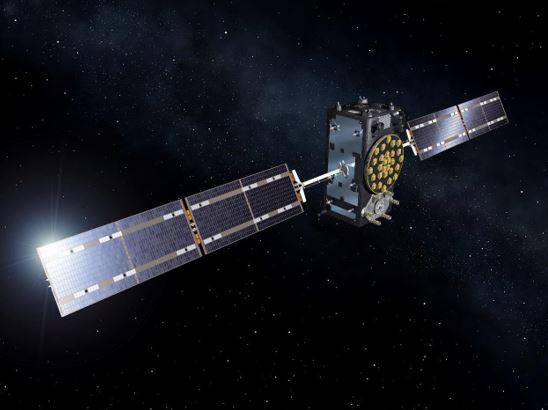For its fourth launch of the year, and the second Soyuz liftoff from the Guiana Space Center (CSG) in French Guiana, Arianespace will orbit two more satellites for the Galileo constellation. This mission, on behalf of the European Commission under a contract with the European Space Agency (ESA), will orbit Galileo FOC (Full Operational Capacity) satellites 13 and 14.
At the completion of this flight – designated Flight VS15 in Arianespace’s launcher family numbering system – 14 Galileo satellites will have been launched by Arianespace, which is proud to address Europe’s need with its launcher family. By the end of 2016, an Ariane 5 ES launcher version will carry four additional satellites for the Galileo constellation.













